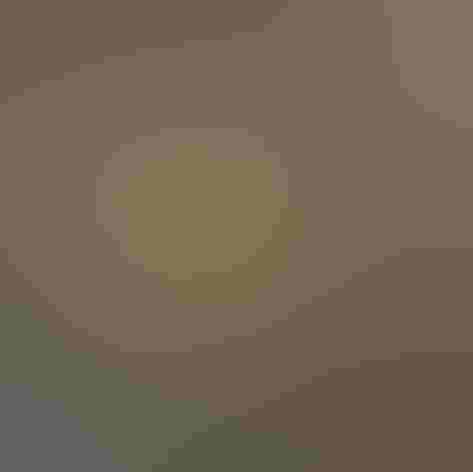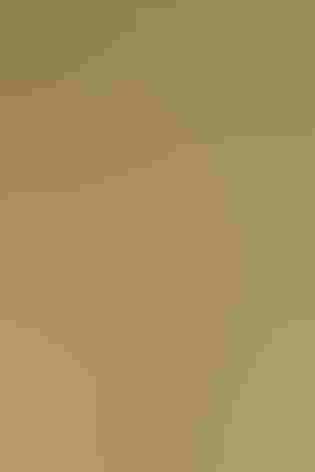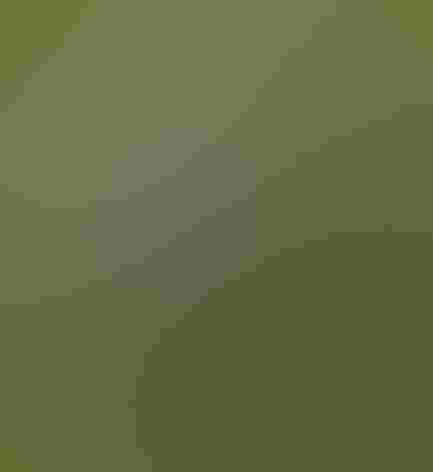American Bittern
At a Glance
Extensive freshwater marshes are the favored haunts of this large, stout, solitary heron. It is seldom seen as it slips through the reeds, but its odd pumping or booming song, often heard at dusk or at night, carries for long distances across the marsh.
All bird guide text and rangemaps adapted from Lives of North American Birds by Kenn Kaufman© 1996, used by permission of Houghton Mifflin Harcourt Publishing Company. All rights reserved.
Category
Long-legged Waders
Conservation
Low Concern
Habitat
Coasts and Shorelines, Freshwater Wetlands, Lakes, Ponds, and Rivers, Saltwater Wetlands
Region
Alaska and The North, California, Eastern Canada, Florida, Great Lakes, Mid Atlantic, New England, Northwest, Plains, Rocky Mountains, Southeast, Southwest, Texas, Western Canada
Behavior
Direct Flight
Population
2.500.000
Range & Identification
Migration & Range Maps
May be permanent resident in a few areas at southern edge of breeding range but most are migrants. Some winter south to West Indies, Central America. May migrate mostly at night.
Description
23-34" (58-86 cm). Warm brown overall, with strong stripes below. Black neck mark is obvious on adult, replaced by brown on juvenile. Compare to young night-herons. Least Bittern shares marsh habitat but looks very different.
Size
About the size of a Heron, About the size of a Mallard or Herring Gull
Color
Black, Brown, Tan, White, Yellow
Wing Shape
Broad, Pointed
Tail Shape
Short
Songs and Calls
On breeding grounds, a loud pumping sound, oong-KA-chunk! repeated a few times and often audible for half a mile. Flight call a low kok-kok-kok.
Call Pattern
Flat, Undulating
Call Type
Odd
Habitat
Marshes, reedy lakes. Breeds in freshwater marshes, mainly large, shallow wetlands with much tall marsh vegetation (cattails, grasses, sedges) and areas of open shallow water. Winters in similar areas, also in brackish coastal marshes. Sometimes feeds in dry grassy fields.
Sign up for Audubon's newsletter to learn more about birds like the American Bittern
Behavior
Eggs
3-5, sometimes 2-7. Pale brown to olive-buff. Incubation is by female only, 24-28 days.
Young
Evidently only female cares for young, feeding them by regurgitation of partly-digested items. Young may leave nest after 1-2 weeks, but remain nearby and are fed up to age of 4 weeks. Age at first flight unknown, possibly 7-8 weeks.
Feeding Behavior
Forages mostly by standing still at edge of water, sometimes by walking slowly, capturing prey with sudden thrust of bill. May forage at any time of day or night, perhaps most actively at dawn and dusk.
Diet
Mostly fish and other aquatic life. Eats fish (including catfish, eels, killifish, perch), frogs, tadpoles, aquatic insects, crayfish, crabs, salamanders, garter snakes. Has been seen catching flying dragonflies. In drier habitats may eat rodents, especially voles.
Nesting
Male defends nesting territory by advertising presence with "booming" calls. Courtship displays not well known; male may hold head low and fluff out white feathers on sides. One male may mate with two or three females. Nest: Site is usually in dense marsh growth above shallow water, sometimes on dry ground among dense grasses. Nest (apparently built by female alone) is a platform of grasses, reeds, cattails, lined with fine grasses.
Climate Vulnerability
Conservation Status
Has declined seriously in southern part of breeding range, mostly owing to loss of habitat. Still numerous as a breeder in parts of Canada. Vulnerable because of its reliance on large marshes. Acid rain may reduce food supplies in some areas.
Climate Threats Facing the American Bittern
Choose a temperature scenario below to see which threats will affect this species as warming increases. The same climate change-driven threats that put birds at risk will affect other wildlife and people, too.






